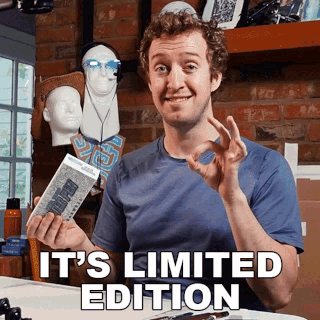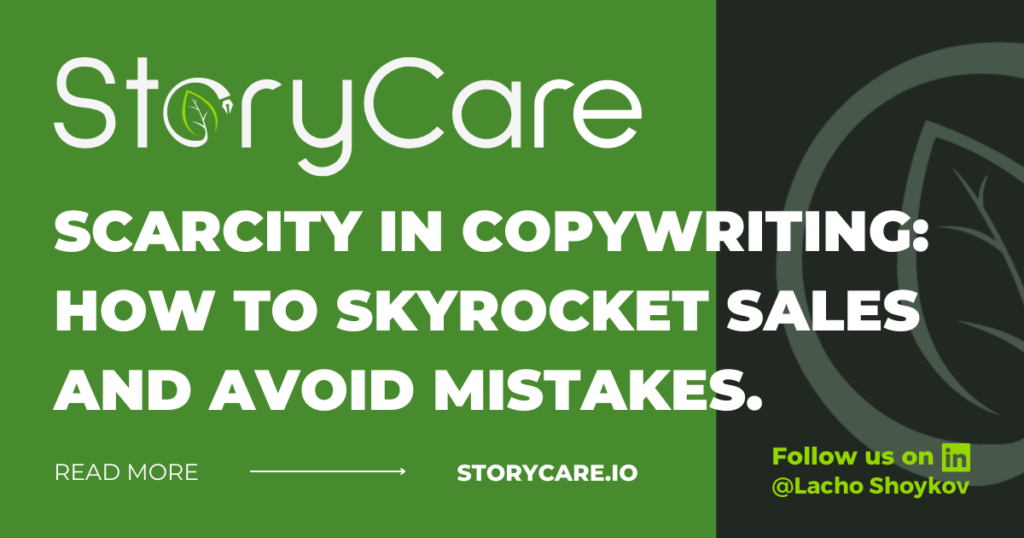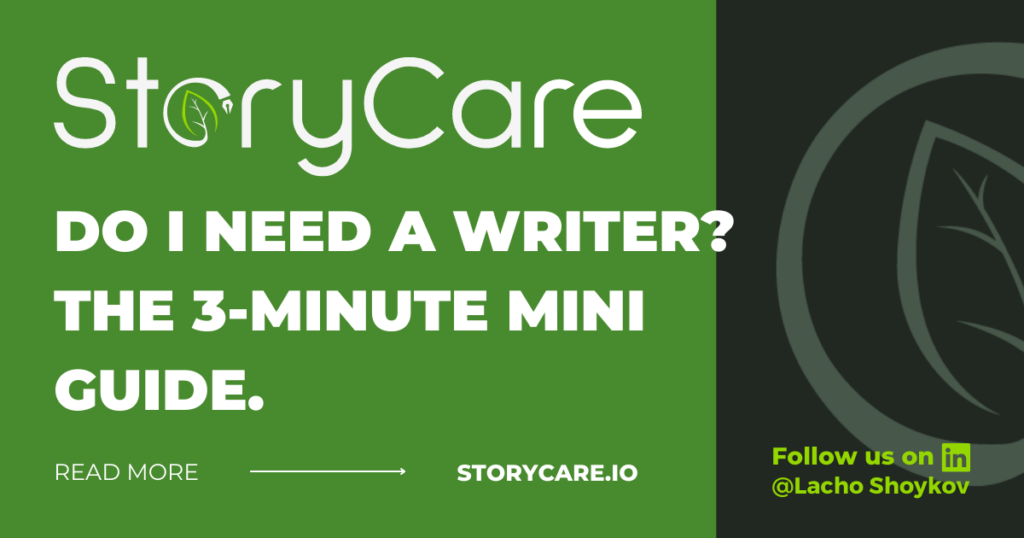Scarcity in copywriting: how to skyrocket sales while avoiding costly mistakes.
What is not easily available is often seen as more valuable. Everyone worth their salt in marketing, advertising, and copywriting understands that scarcity drives desire. This principle is equally true in marketing, geopolitics, biology, and economics. Our article will dive deeply into using scarcity in your copywriting while avoiding costly mistakes.
Table of Contents
Why scarcity works?

If you want to use scarcity effectively, you must first understand its impact on the human mind.
In biology, scarcity drives evolution. According to Darwin, all species compete for limited natural resources, and only the strongest can survive and reproduce generation after generation.
For millions of years, humans have evolved under conditions of scarcity and have had to fight for resources to survive. Scarcity was the norm for so long that it led to the development of cognitive biases that determine human behaviour.
Hoarding resources, always looking for new opportunities, and even competing for resources and status can also be explained through scarcity. The higher your status, the better your access to resources and your chance for survival.
In economics, scarcity is a necessity. According to the law of supply and demand, ‘prices are determined by the relationship between supply and demand’. If demand stays fixed, the more available a resource is, the cheaper it becomes.
Money is valuable because it is limited. When the government prints more of it, it lowers its value, which causes inflation, which in extreme occurrences can lead to complete economic collapse.
Politics takes scarcity to a whole other level. It is the ultimate puzzle of how to allocate resources in a zero-sum fashion. Access to institutions, resources, and technology all determine the development of nations.
Overall, scarcity drives behaviour is necessary for determining value and can give you a strategic advantage.
The 5 types of scarcity in copywriting

Buying a limited edition item, shopping on Black Friday, booking a certain professional’s service, going to a concert, and making it into your school’s football team all involve different variations of scarcity. Here they are one by one:
Quantity
Scarcity based on quantity is the most common and easiest to understand. There’s just a limited number of available products. Examples include limited edition products or collector items. Diamonds, paintings, coins, baseball cards, and figurines fall under this category. The rarer they are, the higher their value.
As a copywriter, you can invoke scarcity whenever you communicate that something is of limited supply. The harder it is to replace or ship, the more justified it feels to charge a premium. Moreover, you can price similar products differently, regardless if they cost the same to produce (couches, T-shirts, metal bottles), and it will create a different nuance of scarcity.
Time
Scarcity based on time refers to products and people. Seasonal products like some fruits and vegetables are traditionally unavailable for most of the year. So are the best experts. When it’s the cherry season, you overpay for cherries. When the most famous surgeon in your area is available, you skip the waiting list.
As a copywriter, you can leverage time-based scarcity, which is urgency, by making your offer time-sensitive. For a limited time, you can either make your product or service available in a new way or offer a discount or a different benefit that will be lost forever after the deadline. Moreover, time-based scarcity is justified when promoting the personal services of someone.
Space
Scarcity based on limited space is simple to get. Concerts, courses, and cinemas justify their price based on their exclusivity. The more exclusive they are, the more valuable they are. Flying with a jet will always cost more than travelling with a train.
As a copywriter, you need to create a contrast between those who are in and those who are out. Explain that your supply is fixed and that demand is increasing. By communicating exclusivity, you trigger the fear of missing out, which is a powerful cognitive bias.
Access
Scarcity based on access is of a nuanced type. It can be access to an event, a resource, or to an individual. This can involve an elite seminar, a SaaS, or a mentorship. The better your access, the higher the service quality and the higher the likelihood of solving your problem.
As a copywriter, you must understand that access is a status game. Certain clubs, apps, and services require you to be invited by an already existing member. This creates a sense of value and exclusivity. You can market access as a way to receive a better, more tailored experience with a far better likelihood for success than the normal service.
Competition
Scarcity based on competition is either about luck or effort. Only one person wins the jackpot, and only 11 people star in the football team. Competition-based scarcity is a traditional zero-sum game. For someone to win, someone else must lose.
Casinos are masters at drawing in people with the promise of quick fame and fortune. Universities reward performance by offering a limited number of scholarships. Brands organize campaigns and giveaway contests for clients who complete desired tasks.
As a copywriter, it’s better to use the carrot rather than the stick to inspire participation. Remember that to succeed, you must offer a reward that is of significant enough value and is actually desired by your target audience.
The 3 sins of scarcity in copywriting that will embarass you.

Lying
Scarcity works best when it is genuine. To use it as a marketing ploy, it needs to make sense. Customers are becoming more and more aware of the usual tricks of advertisers.
If you run a dropshipping business, you aren’t fooling most people by saying that your items are unique, of limited quantity, and that you can’t get them anywhere else. The bottom line is that you risk complete embarrassment when you are discovered.
Misleading
If you sell a course and use limited availability as a selling point, while in reality, it’s just pre-recorded videos, your credibility will suffer a blow. The same is true for limited offer countdown timers on landing pages. The next time people open the page, they realize they’ve been pressured into a purchase.
Backing out
Once you draw a line in the sand, it can be tempting to go back on it. If you were promoting a limited-time offer and didn’t get the results you expected, extending the deadline might seem like a good idea. Or if you promise that only paying customers will get access to a resource and you later decide to give it away for free. Going back on your word disrespects and angers every individual person who took your first offer seriously.
Final thoughts on scarcity in copywriting

Scarcity in copywriting and every other aspect of life works well to inspire action and convince people of the value of something. There five main types of scarcity are quantity, time, space, access, and competition. Whichever you choose to help make your offer irresistible, you need to ensure you never lie or go against your word, or you risk humiliation. Overall, scarcity is a powerful tool, and great marketers understand how and when to use it.


